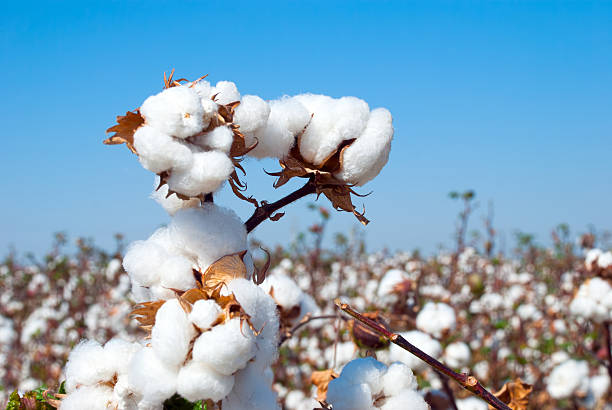
Organic Cotton
Share
The Gentle Touch: Unpacking Organic Cotton
In our eco-conscious era, organic cotton shines as a sustainable textile choice. But what makes it different? How is it grown, and what’s the state of its industry? Let’s delve into the details.
What is Organic Cotton?
Unlike conventional cotton, organic cotton is cultivated without synthetic pesticides, herbicides, or GMOs. This natural approach fosters healthier soil and ecosystems.
How it's Farmed:
Organic cotton farming prioritizes soil health:
- Crop Rotation: Replenishes nutrients, controls pests.
- Natural Fertilizers: Compost, manure enrich the soil.
- Beneficial Insects: Natural pest control.
- Hand Weeding: Reduces chemical reliance.
- Natural Defoliation: No harsh chemicals.
These methods protect the environment and farmers.
Industry State: Demand & Farmers
Consumer demand for sustainable products is driving organic cotton's growth.
Demand:
- Consumers seek transparency, eco-friendly options.
- Fashion brands are embracing sustainability.
- Market growth reflects rising awareness.
Farmers:
- Transitioning to organic is challenging.
- Initial yields may be lower.
- Certification costs can be a barrier.
- Long-term benefits include healthier soil.
- Fair trade support is vital.
Challenges and Opportunities:
- Limited supply vs. conventional cotton.
- Higher production costs.
- Need for supply chain transparency.
- Greenwashing concerns.
- Growing consumer awareness.
- Technological advancements.
The Future:
Organic cotton's future is bright. As awareness grows, it plays a key role in sustainable fashion. Supporting farmers and ensuring transparency are crucial. Choosing organic means supporting a healthier planet and ethical practices.
